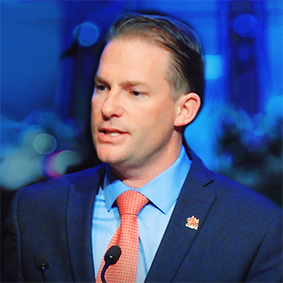ACCESS TALKS: HOW WE INCLUDE
Jody Carr is a pioneer of driving Systemic Inclusive Education policy in New Brunswick, Canada and here he articulates the planning, implementation and sustaining phases that went into devising a fully inclusive education system. Jody highlights that one of the fundamentals was an action plan, released on the same day as the planning report was presented.
This transcript has been corrected and edited slightly for clarity.
In New Brunswick planning for inclusion was the direction we were building upon, it was not up for debate, what was up for debate was how we were going to get there.
We engaged two senior advisors to directly report to the minister. One was Dr. Gordon Porter. He had credibility as an educator, professor and advocate and he was making it happen in the classrooms of his district without legislation and without money.
When that happens it gives you a beacon of hope for others and I’d often say, as Minister, “Well, gee, if you can make this happen in school A, across the street don’t tell me the water’s any different, you should be able to do it there too.”
Let’s talk about how we can make it happen and put resources in place.
We had engaged a number of school leaders, that were Principals and proven in their commitment. There was a lot of work that took place over 18 months to engage educators, do surveys, ask teachers about the time they were spending on tasks and understand why, what and how embedded into the review around the province and within that was a planning process to make change happen.
We didn’t want just another report that was going to collect dust on a shelf to add to the four that had already been done. So, on the same day we also tabled an action plan in response to the first planning report.
Meeting the diverse needs of students and regular classrooms needed more support. We needed leadership at all levels of the school system to overcome lack of clarity of policy, what we meant when we talked of inclusion, lack of training on best practices to plan and manage a diverse classroom; all things that we had said before came through in this planning process.
So, the first year of the action plan is released on the same day, what would make the biggest difference in the shortest amount of time?
We hired a senior executive director to be responsible for the change. We had an implementation committee as well, which was very important, made up of family advocacy organisations. We also had the union at the table as part of the implementation planning and part of the planning for the implementation and monitoring. We had people that would support and they would report directly to the Minister in this process of change. We also had Policy 322 and legislation changes. We eliminated indications of special education. We called all of our support and set a special education support of student services and that education support service was to support the classroom teacher, to allow the magic to happen; where the teacher does what they are trained to do, but they need support.
Our advocacy and overall, I think a good piece of advice is that change needs to be about supporting the classroom teacher and that we’re here to help. So, we mandated in legislation and policy–yes, we mandated in legislation and policy–that there would be school support teams. Every school would have a school support team made up of teachers from that school.
Some of the highlights of our policy:
All students are placed in regular classrooms with accommodation, that’s in policy and written policy. The variation in the learning environment is justified. Sometimes our anti-inclusionist would say,”Yes, but it doesn’t work. And you’re forcing all kids in the classroom, and there’s behaviour problems. It’s not going to work.” The point here is under a human rights framework if you do want to remove a student from the classroom it has to be justified, documented, based on assessment or based on professional input. It’s not just arbitrary to allow a problem to go somewhere else in the school, like maybe the basement or another school. It has to be documented.
Also, no special schools or groupings based on difference. Another one is ensuring every school and regional district has support and transition teams. Advocacy, broadening the tent, aligning with others.
Diversity. Inclusion is about diversity, not just disability. When we’re talking to people; first nations or aboriginal, poverty, sexual identity, gender, race, English as a Second Language or having second language training in your school, that’s about inclusion and about providing support.
Having common ground with those against. Why are people against?
As I mentioned earlier, they say inclusion doesn’t work but get down to why they think it doesn’t work, “Well, because we put our son in the regular class and he wasn’t getting the attention. His desk was turned in the back of the corner, so inclusion doesn’t work.”
Well, that’s not inclusion. When inclusion works, it works well. But when it doesn’t work, it’s not inclusion. It’s about philosophy and human rights. But equally important, dynamic inclusive education is about proven pedagogical practices, embracing diversity and universal design, reaching the learning needs of each child through a planning process, with support. It’s where the world is going.
Inclusion is a journey. It must be sustained. It’s fragile. With every move forward you must hold your ground and keep pushing forward.
Last upated August 26, 2018
- Advancing Inclusive Education – Keys to Transformational Change in Public Education Systems, Porter & Towell. [opens external tab: PDF]
Despite more than 30 years of encouraging educational innovation, it remains the case that rather few jurisdictions have implemented a comprehensive system of inclusive education. One of those which has is the Canadian province of New Brunswick. Drawing on this experience and a wider international analysis, Gordon Porter and David Towell set out here to offer a framework for transforming public educational systems so as to provide inclusive education for all. - From Integration to Inclusion the Canadian Experience. Bruce Uditsky [opens external tab PDF]
- How Inclusive Education has developed in Canada and what are the learnings for Australia, Bruce Uditsky and Anne Hughson. [opens external tab YouTube]
ALSO IN THIS SECTION:

Developing an Inclusive Education System: Dr Simona D’Alessio UCL Institute of Education,Italy
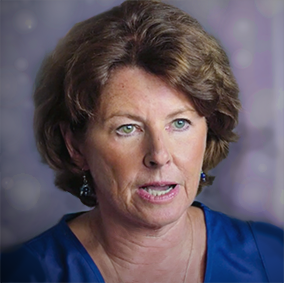
How to Build Inclusive Schools: Dr Carol Quirk CEO Maryland Coalition for Inclusive Education, USA
MORE ACCESS TALKS:

WHAT IS INCLUSION
The promotion, adoption and implementation of inclusive practices, which involves changing policies, practices and attitudes within schools.
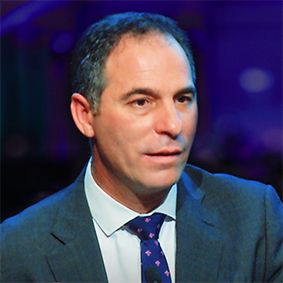
TEACHER IMPACT
All classroom teachers have a role in creating schools & learning environments where all children can learn and feel they belong.
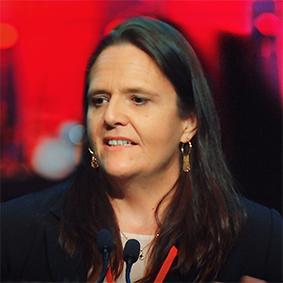
WHY INCLUDE
High quality education & supports enable all students to acquire success in their education and is the basis of an inclusive life and society.

AUSTRALIAN EXPERIENCE
Exemplar inclusive educational practices are happening in Australia. See the possibility and potential of inclusion here and now.
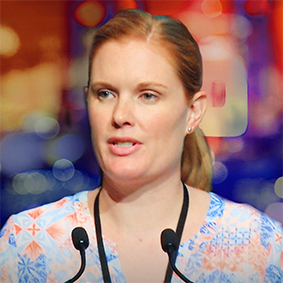
CHANGING MINDSETS
Whole school transformation requires courage, leadership & honest reflection to identify the need for change and set about making it happen.
NOW EXPLORE ACCESS READS

WHAT IS INCLUSION
The promotion, adoption and implementation of inclusive practices, which involves changing policies, practices and attitudes within schools.

HOW WE INCLUDE
Inclusive classrooms and schools embrace universal design as the foundation for cultivating inclusive attitudes and practices.

CHANGING MINDSETS
Bringing about change one mind at a time is integral to improving the lives of people with disability.

AUSTRALIAN EXPERIENCE
Exemplar inclusive educational practices are happening in Australia. See the possibility and potential of Inclusion here and now.

WHY INCLUDE
All children have the right to be included, to be represented in, to have access to and to receive high-quality education and supports.

TEACHER IMPACT
All classroom teachers have a role in creating schools & learning environments where all children can learn and feel they belong.
A FAMILY ADVOCACY INITIATIVE
This site is edited and maintained by the Advocacy and Leadership Development team.
Image attributions: photos supplied and screen shots from Access Symposium videos.

